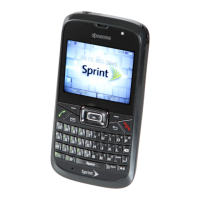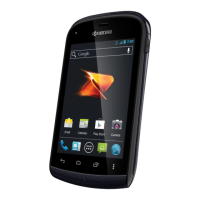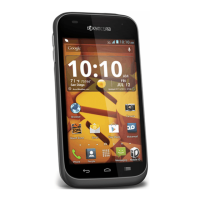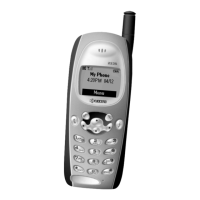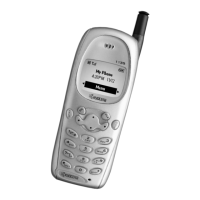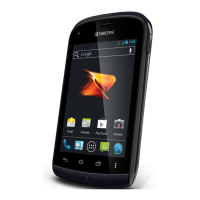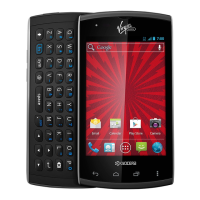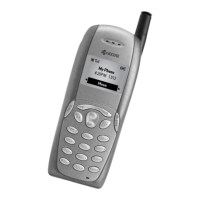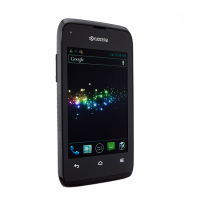79
Appendix
FCC Notice
This device complies with part 15 of the FCC Rules. Operation
is subject to the following two conditions: (1) This device may
not cause harmful interference, and (2) this device must accept
any interference received, including interference that may cause
undesired operation.
Note:
This equipment has been tested and found to comply with
the limits for a Class B digital device, pursuant to part 15
of the FCC Rules. These limits are designed to provide
reasonable protection against harmful interference in a
residential installation. This equipment generates, uses, and
can radiate radio frequency energy and, if not installed and
used in accordance with the instructions, may cause harmful
interference to radio communications.
However, there is no guarantee that interference will not occur
in a particular installation. If this equipment does cause harmful
interference to radio or television reception, which can be
determined by turning the equipment off and on, the user is
encouraged to try to correct the interference by one or more of
the following measures:
- Reorient or relocate the receiving antenna.
- Increase the separation between the equipment and receiver.
- Connect the equipment into an outlet on circuit different from
that to which the receiver is connected.
- Consult the dealer or an experienced radio/TV technician for
help and for additional suggestions.
Warning
The user is cautioned that changes or modifications not
expressly approved by the manufacturer could void the user's
authority to operate the equipment.
FCC RF EXPOSURE INFORMATION
Warning! Read this information before using your phone.
Warning! Read this information before using your phone. In
August 1996, the Federal Communications Commission (FCC)
of the United States, with its action in Report and Order FCC 96-
326, adopted an updated safety standard for human to radio
frequency electromagnetic energy emitted by FCC regulated
transmitters. Those guidelines are consistent with the safety
standard previously set by both U.S. and international standards
bodies. The design of this phone complies with the FCC
guidelines and these international standards.
Body-worn Operation
This device was tested for typical body-worn operations with
the back of the phone kept 0.39 inches (1.0 cm) from the body.
To comply with FCC RF exposure requirements, a minimum
separation distance of 0.39 inches (1.0 cm) must be maintained
between the user's body and the back of the phone, including
the antenna. All beltclips, holsters and similar accessories used
by this device must not contain any metallic components. Body-
worn accessories that do not meet these requirements may not
comply with FCC RF exposure limits and should be avoided.
This device is not intended to be used with a lanyard or strap
on the body. The device contains a mounting point that may be
CB70_EN.indb 79 2020/02/07 13:41:18
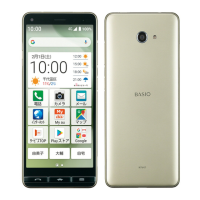
